Contract Amendment Letter Template for Effective Agreement Modifications
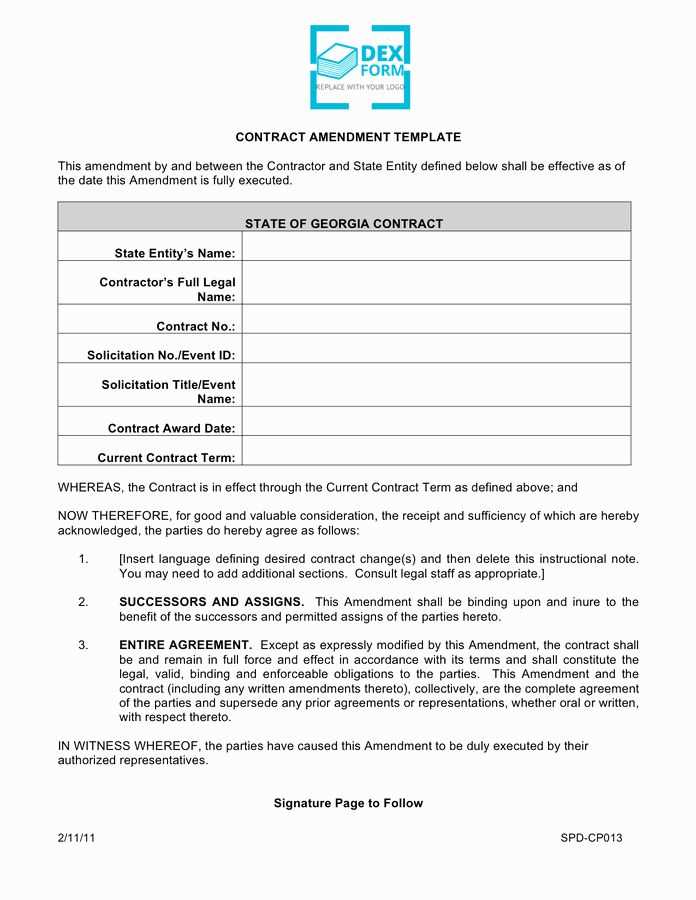
When agreements no longer reflect the current terms, making adjustments becomes essential for clarity and mutual understanding. Updating the details of a prior arrangement can help avoid misunderstandings and ensure both parties are on the same page. This process is common in various professional and personal dealings, where certain conditions need to be revisited and modified.
Drafting modifications to a previous arrangement requires attention to detail and a clear structure. It is vital that both parties agree to the changes and that the new terms are documented appropriately to maintain legal integrity. A well-crafted revision document can provide a solid foundation for future dealings and protect the interests of everyone involved.
In this guide, we will explore the fundamental aspects of creating a document that updates the terms of an existing agreement. By understanding the key components and following a clear format, you can ensure that all necessary changes are reflected in a professional and legally sound manner.
Understanding the Purpose of Amendment Letters
Why a Contract Modification is Necessary
Adjustments to existing agreements are often required when circumstances change or when initial terms no longer reflect the needs of all parties involved. The process of updating an arrangement helps ensure that all aspects of the deal remain relevant and accurate, aligning with new objectives or conditions.
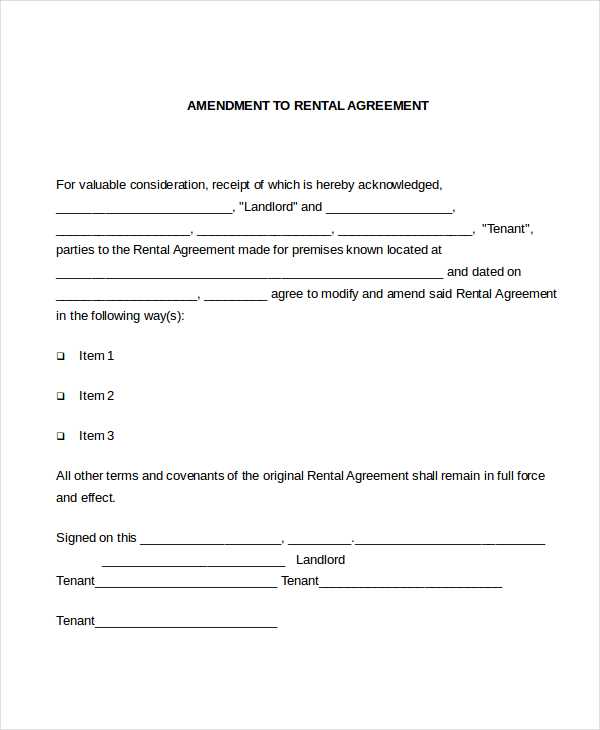
In most cases, the need for such updates arises from:
- Changed circumstances: External factors, such as market conditions or personal situations, may alter the original agreement’s validity.
- Legal requirements: Changes in laws or regulations may require revising certain clauses to stay compliant.
- Mutual agreement: Both parties might agree that certain terms no longer serve their best interests, necessitating a revision.
These revisions ensure that the original intentions of both sides are maintained while adapting to new realities. Without them, the agreement may become outdated or ineffective, leading to confusion or even legal disputes.
Ultimately, updating a previous arrangement creates clarity and helps avoid potential conflicts, ensuring that all involved understand the new terms and their obligations moving forward.
Essential Elements of an Amendment Letter
Important Details to Include
When updating an existing agreement, it is crucial to ensure that certain key elements are present to avoid ambiguity and ensure clarity. Including all necessary information guarantees that both parties are on the same page regarding the new terms and that the document remains legally binding.
The most important components of an updated agreement include:
- Identification of the original agreement: Clearly reference the previous arrangement, including dates and parties involved, to establish context.
- Specific changes: Clearly outline the changes being made, specifying the original clauses and the new terms to avoid confusion.
- Effective date: Indicate when the new terms will come into effect, ensuring both sides understand the timeline of the update.
- Signature of both parties: Both parties must sign the updated document to confirm their acceptance of the changes and ensure its enforceability.
By incorporating these critical elements, the revised document will clearly communicate the updates and protect the interests of all involved parties.
How to Draft a Contract Amendment
Step-by-Step Guide to Creating Changes
When it’s necessary to revise an existing agreement, the process requires precision and clarity. A well-drafted document that outlines the new terms ensures that all parties are aligned and the updated arrangement remains enforceable. Here’s a detailed approach to creating these revisions effectively.
Step 1: Review the Original Agreement
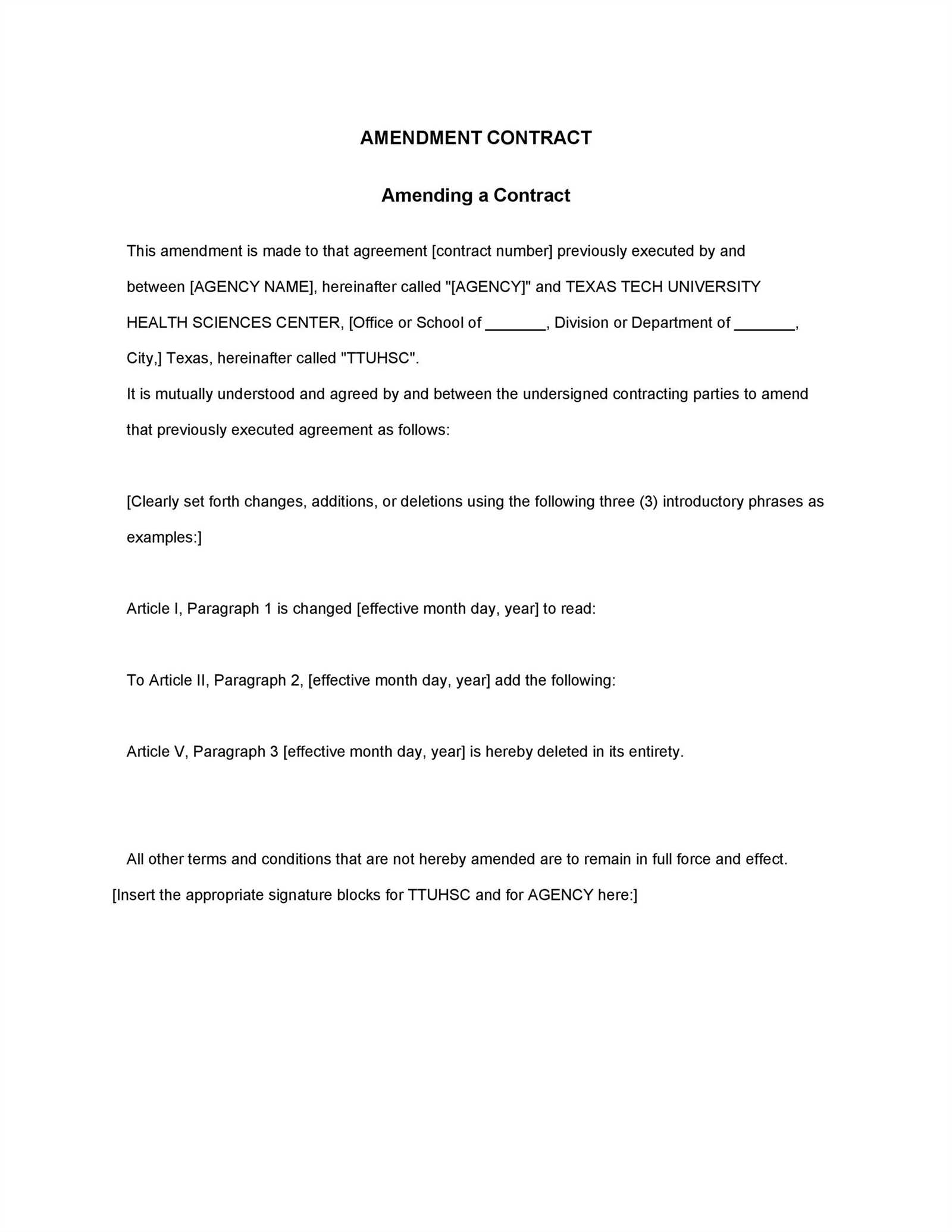
Begin by thoroughly reviewing the original document to identify the clauses that need to be modified. It’s essential to have a clear understanding of the original terms to ensure the changes are made correctly and that the revised version accurately reflects the intentions of both parties.
Step 2: Outline the Changes Clearly
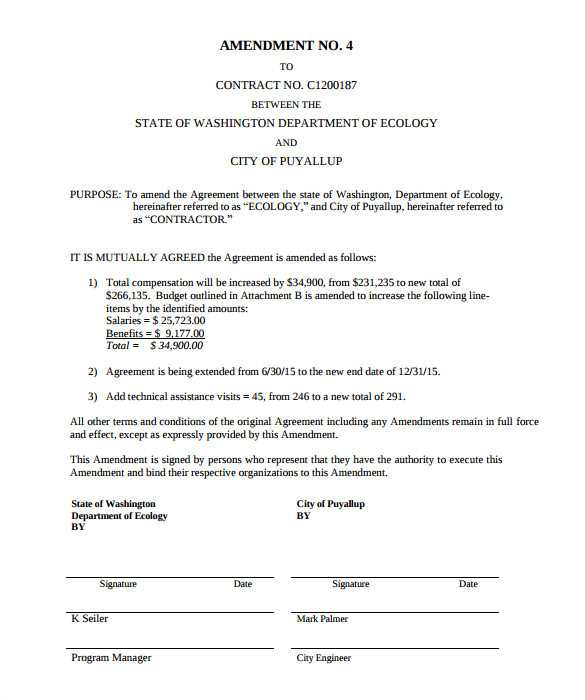
Next, clearly outline the changes. Specify which sections are being altered, removed, or added. Use precise language to avoid ambiguity, ensuring that both parties fully understand the new terms. Each modification should be detailed, stating the exact revision or addition to the original agreement.
By following these steps, you can ensure that the update process is smooth, clear, and legally sound, protecting the interests of both parties involved.
Common Errors to Avoid in Amendments
Ensuring Legal Validity and Precision
Revising an existing agreement requires careful attention to detail to ensure that all changes are clear, accurate, and legally enforceable. Common mistakes in this process can lead to confusion, disputes, or even legal complications. Avoiding these errors is essential to maintain the integrity and validity of the updated arrangement.
Some of the most frequent mistakes include:
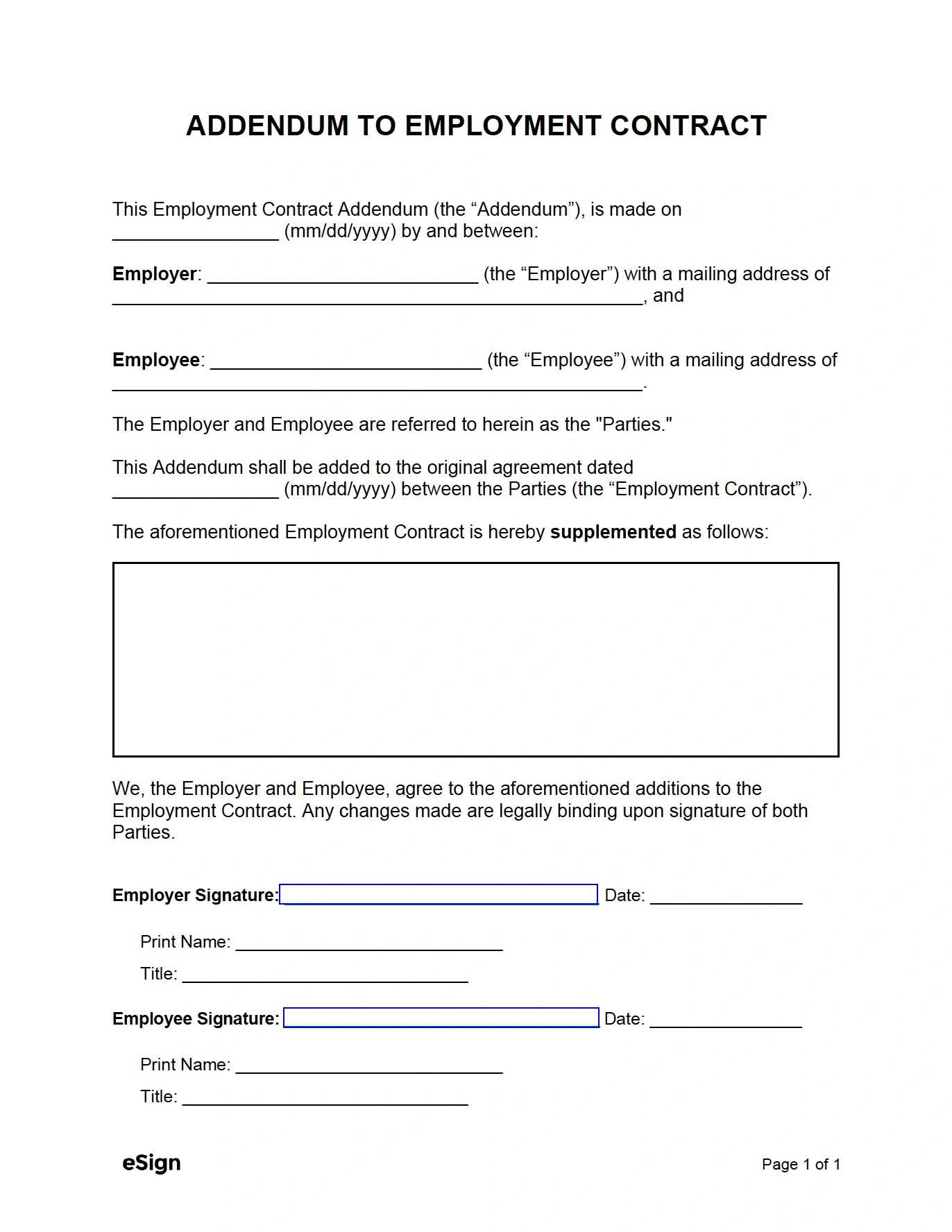
- Lack of clear identification: Failing to reference the original agreement correctly can cause confusion about which document is being updated.
- Vague or ambiguous language: Using unclear terms or being vague about the changes can create misunderstandings between the parties involved.
- Missing signatures: An update without the required signatures may not be legally binding, leaving both parties exposed to risks.
- Ignoring legal requirements: Not considering applicable laws or regulations can invalidate the changes or cause legal issues down the line.
By avoiding these common pitfalls, you can ensure that your revisions are clear, legally sound, and enforceable, preventing unnecessary complications in the future.